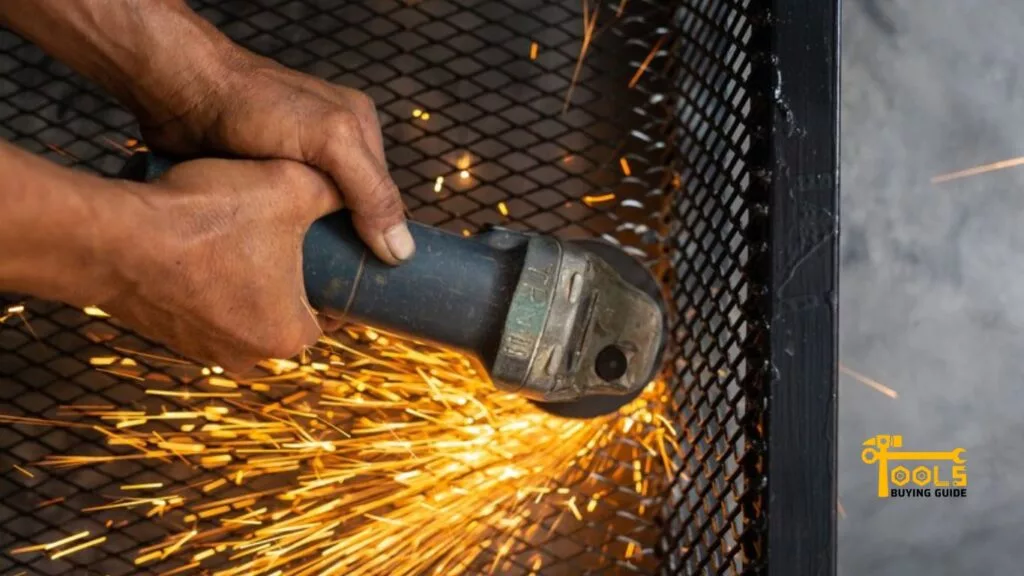
A grinder is a powerful tool to cut, grind, and sharpen all sorts of materials. You’ll find them in garages, on construction sites, and in DIY shops. But how much power does a grinder use for all of this work? Knowing this information is essential for ensuring efficient operation and avoiding surprises on your electricity bill.
You’ll be surprised to learn that the amount of power a grinder uses is quite small. However, some factors can influence the amount of power a grinder needs.
In this article, we’ll look at the average wattage used by common types of grinders, how to calculate the power usage of a grinder, and some tips for improving the efficiency of your grinder.
How Much Power Does a Grinder Use?
An electric grinder will require anywhere from 1000 to 2500 watts of power to operate. The project you’re working on will determine how much power it needs. If you’re just grinding metal, then 1000 watts will be enough. However, to cut through more dense materials like concrete, you’ll need at least 2500 watts.
To find out how much power your grinder uses, you can use an electricity usage monitor. This device will measure the amount of electricity the grinder consumes as it runs. To get an accurate reading, turn off all other appliances and devices in your home before taking a measurement.
Another way to estimate the wattage of your grinder is by using the amperage rating. Most grinders will have an amperage rating on the side, and you can use this to calculate the wattage. To do so, multiply the amperage by the voltage (typically 120 volts for a home grinder). For example, if your grinder has an 8-amp rating, it would consume 960 watts of power.
Average Wattage Used By Common Types of Grinders
Now, let’s look at the average wattage used by various grinders.
Wattage used by angle grinders
Angle grinders are the most versatile type of grinder and can be used for various projects. These grinders typically range from 1000 to 1600 watts, depending on the size and speed of the motor. For projects that require more power, you can opt for an angle grinder with 2000 watts.
In a setting where an angle grinder is being used for a long period of time, you may want to opt for one with a higher wattage. This will help reduce the chance of overheating, which can cause damage to the motor and other components.
Wattage used by bench grinders
Bench grinders are designed for grinding and sharpening tools and other materials. They require less power than angle grinders but still require a substantial amount of electricity to run. The wattage for bench grinders typically ranges from 300 to 500 watts.
If you’re looking for a more powerful bench grinder, you can opt for one with 1000 watts or more. This is beneficial if you grind larger materials like steel and cast iron.
Tips and Tricks to Change Drill Bit in Minutes
Wattage used by die grinders
Die grinders shape and grind materials like plastic, metal, and wood. For most projects, a die grinder with 400–750 watts is enough. However, if you’re grinding harder materials like steel or iron, you may opt for a higher-wattage unit. This will ensure your die grinder is powerful enough to complete even the toughest jobs.
Calculating the Power Usage of a Grinder
Now that you know how much power grinders use, how can you calculate the power usage of a separate grinder? Here’s a quick step-by-step guide:
Identify the size and type of grinder
The size of grinders can vary from small, hand-held grinders to large benchtop models. The disk diameter, speed of the disk, and wattage are all factors that can affect power usage. Handheld grinders typically use 350–750 watts, while benchtop models use 1000–2500 watts.
The type of grinder is also important. Angle grinders work with disks that turn at high speed, while die grinders have smaller discs and are usually used for polishing or finishing. Manufacturers mark the wattage of grinders on their product labels, so you can easily find out how much power it uses.
Determine the operating conditions
When calculating power usage, you’ll also need to consider the operating conditions. Factors like humidity and temperature can impact motor efficiency and, in turn, a grinder’s power usage. Heavier workloads can lead to an increase in power usage, while lighter workloads will result in less power consumption.

Check motor efficiency ratings
When calculating power consumption, you’ll need to consider the efficiency rating of the motor. Compressed air or electric motors are usually used in grinders, and the efficiency of these can vary.
Motors with good efficiency ratings require less power to operate, which in turn reduces the overall power usage of the grinder. Motors with lower efficiency ratings will require more power, increasing energy consumption.
The heat generated by electric motors can reduce their efficiency, and grinders with higher wattage ratings typically have smaller motors. This means they generate more heat and are less efficient. You should try to find a grinder that has the highest possible motor efficiency rating.
Find the running hours
The next step is to find out how many grinder watts per hour will be running in a day. If you use your grinder for more than four hours a day, the best way to estimate usage is by calculating the average wattage over time. This involves multiplying the watts of the grinder by the amount of time it’s used, then dividing the result by 1000.
For example, if you use a grinder with a wattage of 1500 for 3 hours per day, your total energy usage for that period would be 4500 watts (1500 x 3 = 4500). Divide this number by 1000 for an average daily wattage of 4.5 kilowatts (4500 / 1000 = 4.5).
Calculate the cost of power usage
Once you have your daily wattage, you can use it to calculate the power usage cost. The average energy price in the US is 12 cents per kilowatt-hour (kWh). In this example, you would pay around 54 cents daily for electricity to run your grinder (4.5 kWh x 12 cents = 54 cents).
You can also calculate the monthly cost by multiplying the daily cost by 30 or the annual cost by multiplying it by 365. For this example, that would give a monthly cost of $16.20 and an annual cost of $193.80.
As you can see, there are a few steps to calculating the power usage of a grinder. With this information, you can make an informed decision.
Read Also: How to Change an Angle Grinder Blade?
Tips for Improving the Efficiency of Grinders
Grinders can be quite power-hungry, but there are a few ways to ensure you get the most out of your grinder. Here are a few tips to help you improve the efficiency of your grinder:
Ensure proper maintenance
Regular maintenance is essential to keep your grinder running smoothly and efficiently. Replace worn or damaged parts, clean build-up from the motor, and lubricate moving parts as needed. This will help improve the performance of your grinder and reduce power usage. A poorly maintained grinder will likely use more power than a well-maintained one.
Select the right size motor
When selecting a motor, choose one that is appropriate for the job you are doing. Smaller motors require less power, so they can help save on energy costs in the long run. On the other hand, larger motors are better for heavier workloads. If the job requires more power, using a larger motor is the best way to ensure you get the most efficient performance.
Use high-quality accessories
Using high-quality accessories helps improve the performance of your grinder and can help reduce power consumption. Accessories such as high-quality grinding discs, cutting wheels, and other attachments can help reduce the work your grinder has to do. Look for accessories with quality materials, such as titanium or stainless steel. These materials last longer and are more durable than cheaper alternatives.
Invest in energy-efficient motors
Modern, energy-efficient motors use less power than traditional ones and can help you save money on your energy bills. A motor with an Energy Star rating is a good option, as it has been designed to use less electricity than standard models. You can also look for motors specifically designed to be energy-efficient, such as brushless or permanent magnet motors.
Consider switching to cordless grinders
Cordless grinders run on batteries and don’t require a power outlet. This makes them more convenient and portable than standard plug-in grinders. Some cordless models are also energy efficient, so they can help reduce your power usage. Keep in mind that cordless grinders typically have a limited run time before the battery needs to be recharged.
By following these tips, you can help improve the efficiency of your grinder and cut down on power usage. This will save you money in the long run and help reduce your carbon footprint.
Frequently Asked Questions
Most grinders will consume between 500-1000 watts of electricity during operation. That’s enough power to run a house fan for about 30 minutes. An industrial-sized grinder may use significantly more power than a small domestic one. So, if you’re looking for an economical choice in grinders, always double-check how much wattage it consumes.
The higher the watts, the more powerful the grinder is. So a higher-wattage grinder can do the work faster and better than a lower-wattage one. The higher the RPM (rotations per minute), the faster and more efficient it will be at grinding materials. Ultimately, it’s up to you to decide which power level and speed are best for your needs.
This depends on the size and type of grinder you’re using. Generally, the larger the grinder, the more power it will consume in an hour. Small domestic grinders may use only 500 watts per hour, while industrial-sized grinders could use as much as 2000 watts per hour or more.
For most small home projects, a 500-watt grinder is perfectly fine. It will be able to handle basic grinding tasks with no problem. However, if you plan on doing more intensive grinding work, you may need to opt for a higher-wattage model. A higher-wattage grinder will be better suited for heavy-duty tasks.
A standard 4-inch angle grinder typically uses 500 to 1000 watts of power. These angle grinders are commonly used for 2.75 inches cutting jobs, as well as for grinding off rust.
Conclusion
If you’re looking to save energy, you’ve got plenty of options for grinders. To know how much power does a grinder use, consider the size, type, and wattage of the grinder. Generally, smaller grinders will use 500-1000 watts of power, while larger industrial-sized grinders could use as much as 2500 watts. Choose a grinder that’s suited to your needs, and be sure to check the wattage before making a purchase.
With the right grinder and a few energy-saving tips, you can save electricity while getting your grinding projects done! Good luck with finding the perfect grinder for you. Happy grinding!


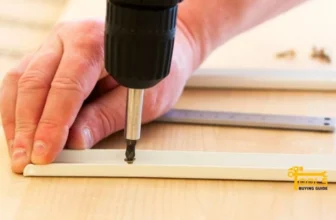
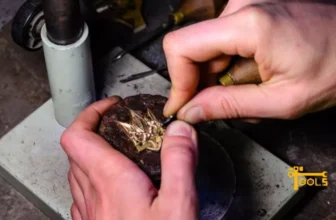
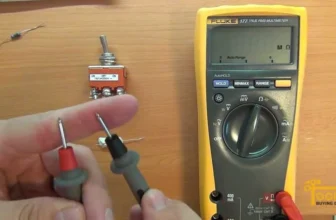
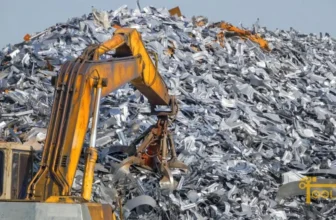
[…] Makita 9557PBX1 Angle Grinder is an excellent tool for those who require high output power in a compact and lightweight package. The 7.5-amp motor provides impressive power and torque while weighing in at only 4.5 pounds. The […]
[…] higher the motor power, the more powerful the grinder will be. This will be beneficial for larger tasks and cutting through thicker concrete. […]